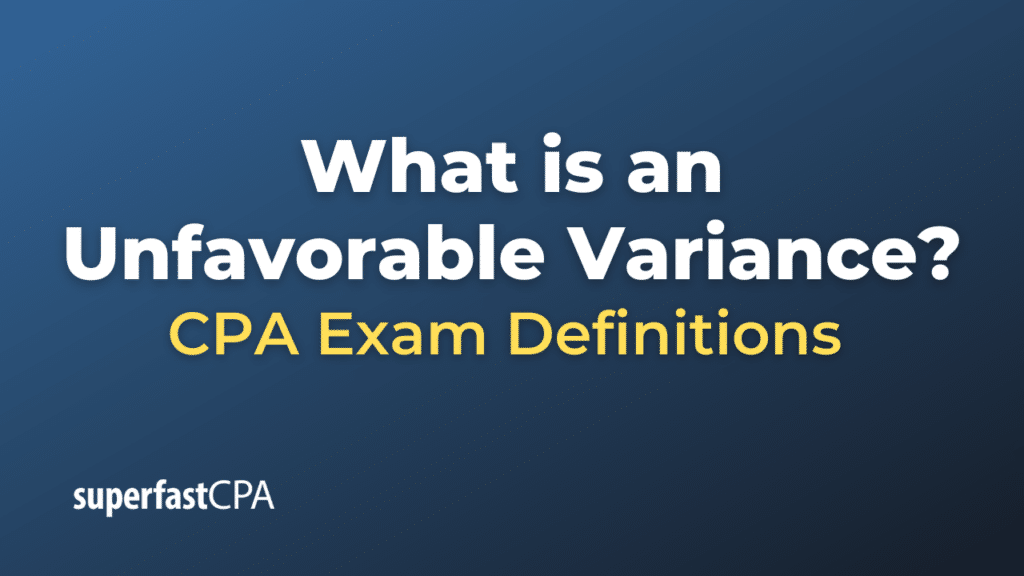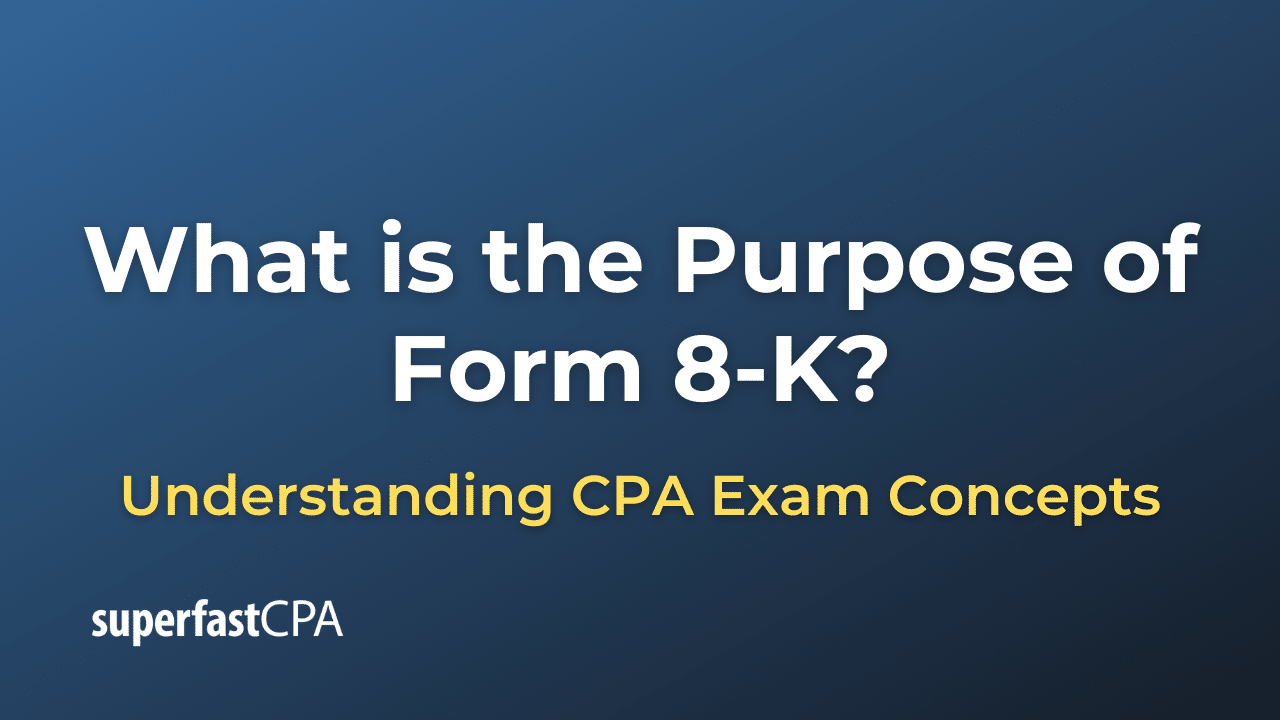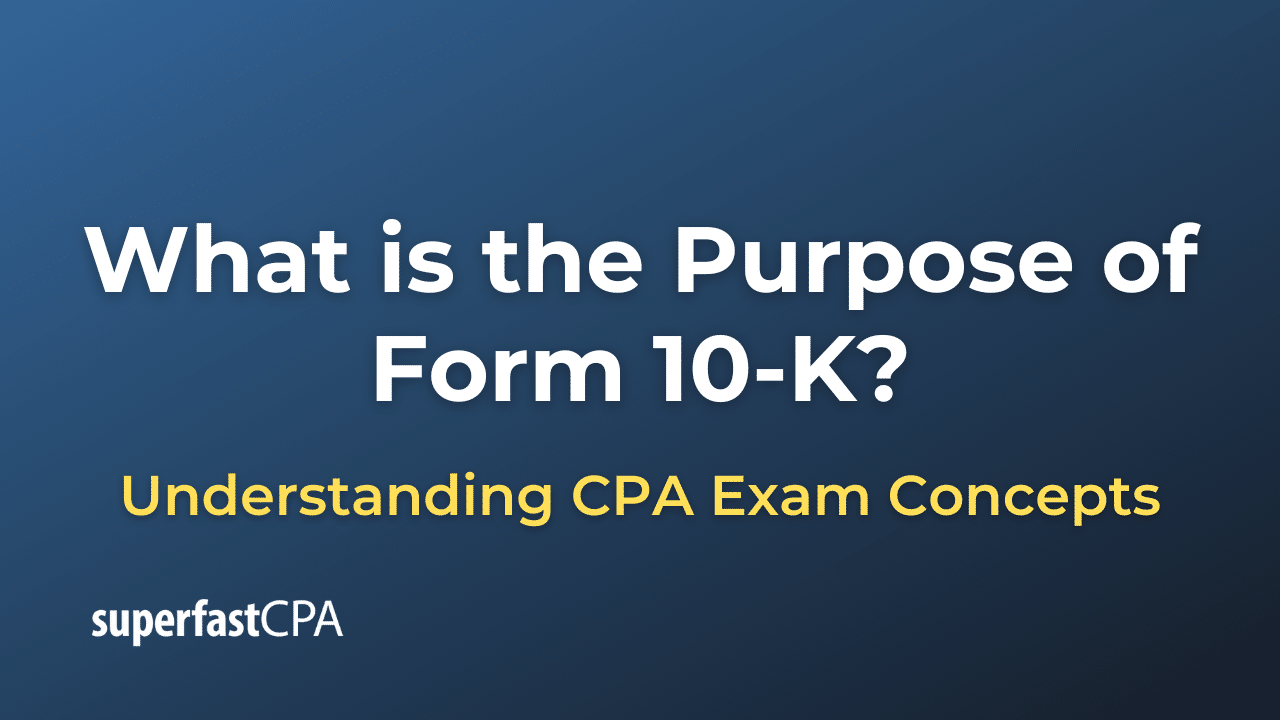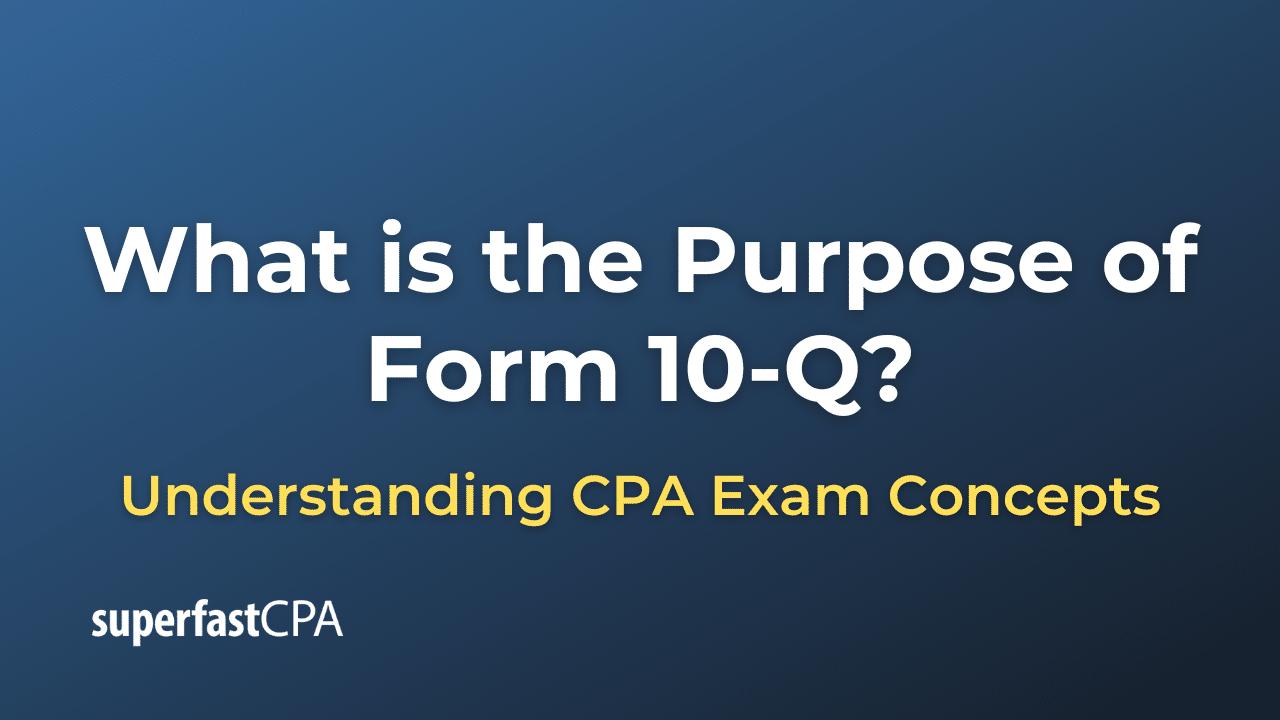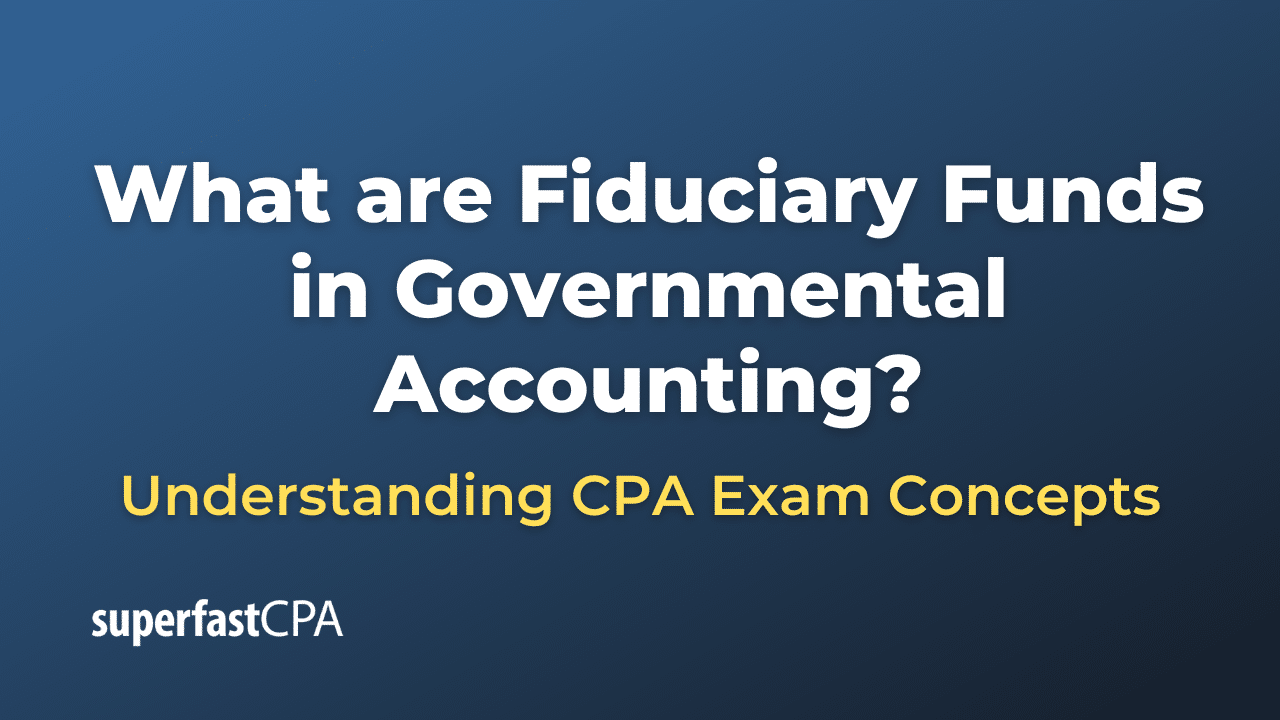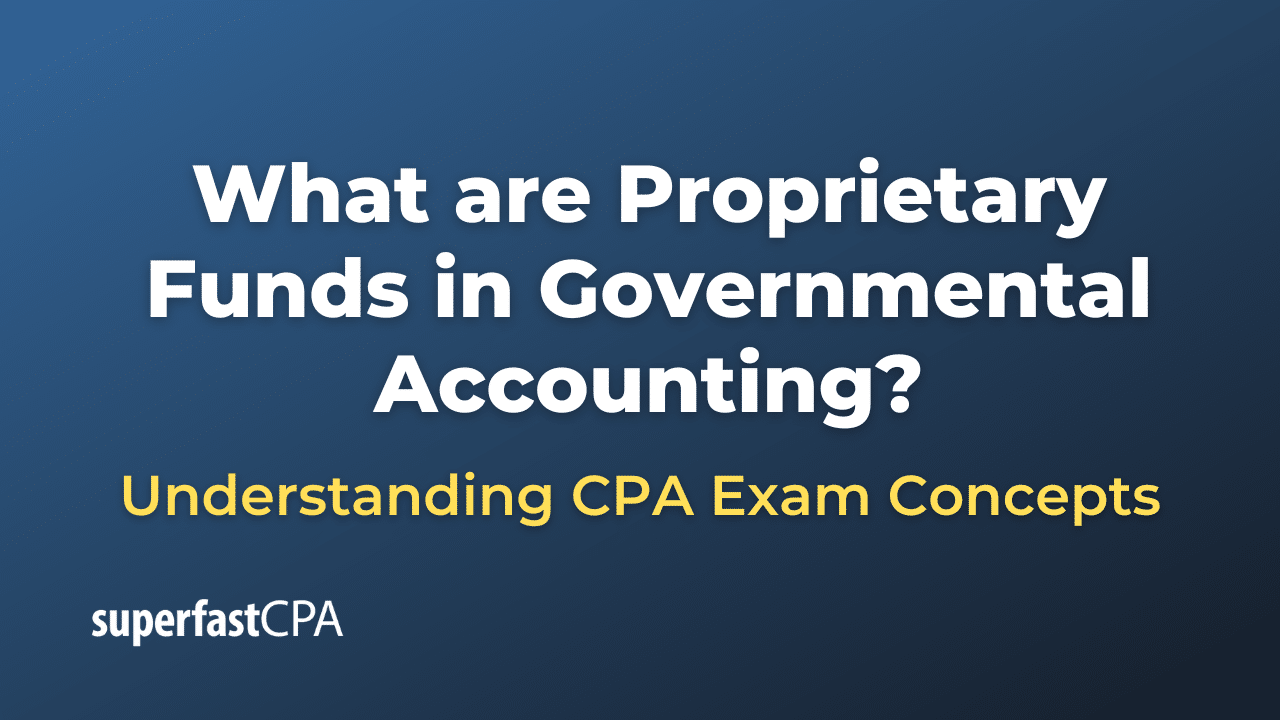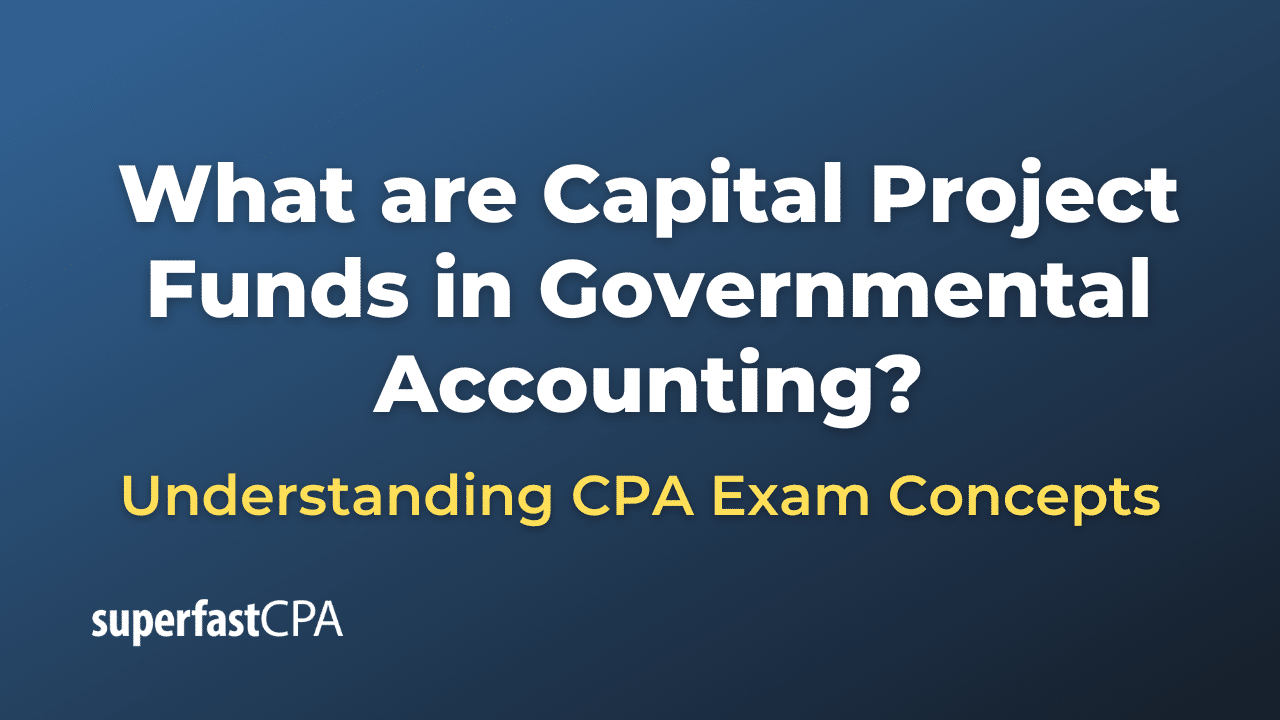Unfavorable Variance
In accounting and financial management, “unfavorable variance” refers to a difference between actual performance and expected or budgeted performance that negatively impacts a company’s financial standing. In other words, an unfavorable variance occurs when actual revenues are lower than expected, or actual expenses are higher than budgeted, resulting in lower profits than planned.
Types of Unfavorable Variances:
- Revenue Variance: If a company expects to generate $1 million in sales but actually generates only $900,000, this $100,000 shortfall is an unfavorable revenue variance.
- Cost Variance: If a company budgets $200,000 for raw materials but ends up spending $250,000, the $50,000 excess is an unfavorable cost variance.
- Efficiency Variance: If more labor hours are consumed for production than were initially planned, this could result in an unfavorable efficiency variance.
- Volume Variance: If a company expects to produce 10,000 units of a product but only produces 9,000, this could lead to an unfavorable volume variance, which may affect fixed cost absorption and unit profitability.
Importance of Identifying Unfavorable Variances:
- Performance Evaluation: Identifying unfavorable variances helps managers understand where the company is falling short of expectations, allowing for corrective action.
- Cost Control: Being aware of cost overruns in specific areas can lead to timely interventions, helping to bring expenses back in line with budgets.
- Strategic Planning: Analysis of unfavorable variances can inform future budgets and strategic plans, making them more realistic and achievable.
- Accountability: Understanding the areas where performance has not met expectations can help in assigning responsibility and taking corrective actions.
Example of an Unfavorable Variance
Let’s consider a fictional example featuring a tech company, “CodeNest,” which specializes in software development. The company had prepared a budget for the second quarter of the year, focusing on revenue, labor costs, and advertising expenses. However, actual performance differed from what was budgeted, leading to unfavorable variances in some areas.
Budgeted Figures for Q2:
- Revenue: $500,000
- Labor Costs: $200,000
- Advertising Expenses: $50,000
Actual Figures for Q2:
- Revenue: $450,000
- Labor Costs: $220,000
- Advertising Expenses: $60,000
Variance Analysis:
- Revenue Variance:
- Budgeted: $500,000
- Actual: $450,000
- Unfavorable Revenue Variance: $500,000 (Budgeted) – $450,000 (Actual) = $50,000
- Labor Cost Variance:
- Budgeted: $200,000
- Actual: $220,000
- Unfavorable Labor Cost Variance: $220,000 (Actual) – $200,000 (Budgeted) = $20,000
- Advertising Expense Variance:
- Budgeted: $50,000
- Actual: $60,000
- Unfavorable Advertising Expense Variance: $60,000 (Actual) – $50,000 (Budgeted) = $10,000
Implications and Actions:
- Revenue: The unfavorable variance in revenue of $50,000 might trigger an investigation to understand why sales fell short. Were competitors offering a better product? Was the market less receptive than anticipated?
- Labor Costs: The additional $20,000 spent on labor might require an analysis of labor efficiency. Were there unplanned overtime costs? Was the staff less productive than expected?
- Advertising Expenses: The excess $10,000 in advertising costs could lead CodeNest to scrutinize their marketing campaigns. Were they less effective in customer acquisition, or were there unplanned additional expenses?
Managerial Decisions:
Based on the unfavorable variances, CodeNest’s management might:
- Revise sales strategies or boost marketing efforts to improve revenue.
- Review workforce productivity and consider training programs to manage labor costs better.
- Audit advertising campaigns for effectiveness and possibly negotiate better rates with media partners to control advertising expenses.
Unfavorable variances are signals for managerial scrutiny and action. Identifying and understanding them can provide valuable insights into areas that require attention, helping the company make informed decisions to improve future performance.

